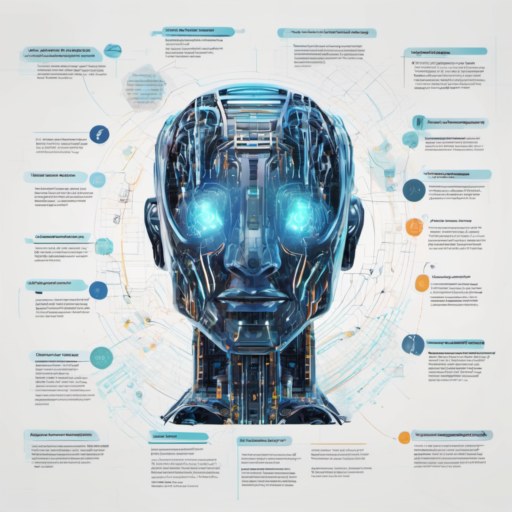The field of artificial intelligence( AI) is vast and multifaceted, encompassing various subfields and technologies. To navigate this geography, it’s pivotal to understand the differences between AI, machine literacy( ML), deep literacy( DL), and generative AI. Each of these terms represents distinct generalities and capabilities that contribute to the broader AI ecosystem.
Artificial Intelligence( AI)
Description AI is the overarching discipline concentrated on creating machines able of performing tasks that generally bear mortal intelligence. These tasks include logic, literacy, problem- solving, perception, and natural language understanding.
Crucial Features
Encompasses a wide range of ways and approaches, including rule- grounded systems, expert systems, and advanced neural networks. Can be classified into narrow AI( designed for specific tasks) and general AI( academic systems with general intelligence similar to humans).
Operations
AI is used in colorful operations, similar as voice sidekicks(e.g., Siri, Alexa), independent vehicles, and recommendation systems.
Machine literacy( ML)
Description Machine literacy is a subset of AI that focuses on developing algorithms that enable machines to learn from and make prognostications grounded on data. rather of being explicitly programmed, ML models ameliorate their performance over time as they’re exposed to further data.
Crucial Features
Involves training models using datasets to fete patterns and make opinions. ways include supervised literacy( literacy from labeled data), unsupervised literacy( chancing retired patterns in unlabeled data), and underpinning literacy( learning through trial and error).
Operations
ML powers operations similar as spam filtering, image recognition, and prophetic analytics.
Deep literacy( DL)
Description Deep literacy is a technical subset of machine literacy that uses neural networks with numerous layers( hence” deep”) to dissect various types of data. These neural networks, known as deep neural networks, are inspired by the structure and function of the mortal brain.
Crucial Features
Able of automatically rooting features from raw data, reducing the need for homemade point engineering. Particularly effective in handling unshaped data, similar as images, audio, and textbook.
Requires large quantities of data and significant computational coffers for training.
Operations
Deep literacy is used in advanced operations like tone- driving buses , facial recognition, and natural language processing(e.g., language restatement, sentiment analysis).
Generative AI

Description Generative AI is a subfield of AI concentrated on creating models that can induce new content. These models learn the underpinning patterns and structures of a dataset and use this knowledge to produce new, analogous data.
Crucial Features
Utilizes ways like Generative Adversarial Networks( GANs), Variational Autoencoders( VAEs), and autoregressive models. Generates outputs such as images, text, music, and more. Emphasizes creativity and the capability to produce new and different results.
Operations
Generative AI is applied in creating realistic images(e.g., deepfakes), generating mortal- suchlike textbook(e.g., GPT- 3), composing music, and indeed abetting in medicine discovery.
Understanding the connections
To more understand how these generalities relate to one another, consider the following scale
- Artificial Intelligence( AI) The broadest order, encompassing any technology or system that enables machines to mimic mortal intelligence.
- Machine literacy( ML) A subset of AI concentrated on algorithms that allow machines to learn from data.
- Deep literacy( DL) A farther specialization within ML, using deep neural networks to handle complex and unshaped data.
- Generative AI A niche within AI that overlaps with ML and DL, specifically aimed at generating new, original content grounded on learned patterns.
Conclusion
Understanding the distinctions between AI, ML, DL, and generative AI is essential for navigating the complex and fleetly evolving geography of artificial intelligence. Each of these areas contributes uniquely to the development of intelligent systems, offering a range of capabilities from data- driven prognostications to the creation of entirely new content.

As we continue to advance in these fields, it’s pivotal to stay informed about the rearmost developments and operations, icing that we work these important technologies responsibly and effectively. By grasping the nuances of each subset, we can more appreciate their implicit impacts on our world and drive invention across various disciplines.





